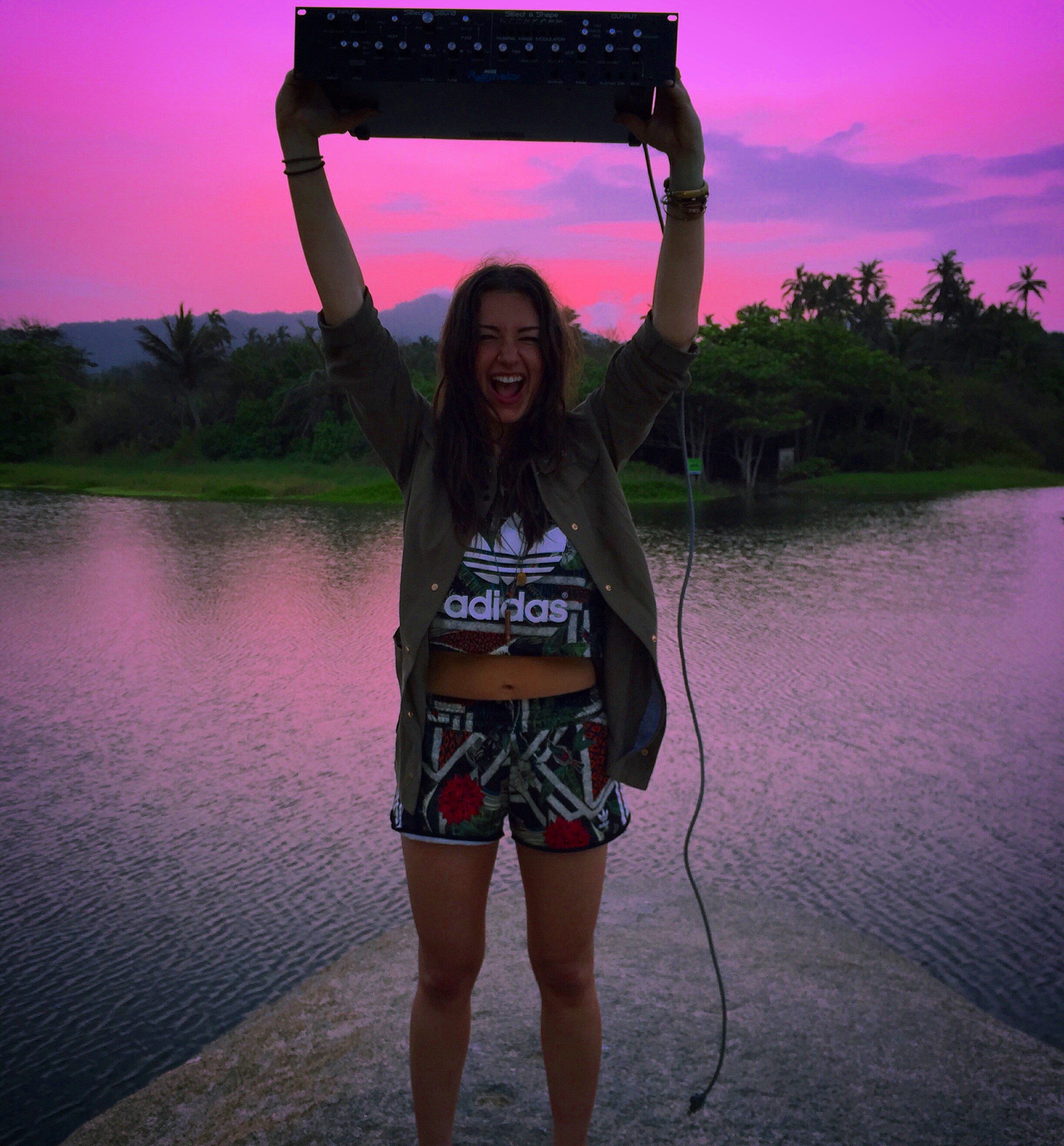The Resynator Resurrection Diaries, Entry 1: Can I Bring a Legendary Long-Lost Synth Back to Life?
As I begin to write my first entry about the resurrection of the world’s first digital instrument-controlled synthesizer from the ‘70s, I have to take a beat to think about how far I’ve come in three years.
I’m a 29-year-old female from Loveland, Ohio with no background in synthesizers, engineering, recording or performing music of any kind. With all of that said, I am actually the only person who could be writing about this. My father Don Tavel was the inventor of the Resynator, with early prototypes dating back to 1974.
He died when I was 10 weeks old in a car crash in 1988. I’d known about this invention my entire life, but my thinking was that if it were of any true importance, it would still be in production today. I had no idea how that kind of stuff worked. Eventually, though, after years of working in the music industry I found myself interested in learning more. I flew to Indianapolis, IN and headed to my grandmother’s house to get the synthesizer from her attic.
Not having any clue what I was looking for, and then once I found it, not having any clue how it worked (or if it worked after 25 years of being in a box), I looked up the man who worked with my dad to see if he might help me out: Mike Beigel, the co-founder of Musitronics (Mu-Tron).
It was incredible what he could recall after 37 years. I found out he didn’t just engineer it, he invented some aspects of it as well and formed a lasting relationship with my dad during those years. I remember sitting at his kitchen table telling him I had found one built Resynator and, “I think what you would call the software inside of it…” Turns out I was describing the Printed Circuit Boards.
I was in way over my head.
Three years after that initial meeting with Mike brings us to today. Today, I can tell you that the Resynator is a rack-mount, monophonic, pitch-tracking, instrument-controlled synthesizer. It can track the pitch of anything via a Digital Frequency Analyzer (one of the aspects invented by my dad) but has a great classic analog oscillator. It can not only emulate other instruments really well, bringing a much more humanistic, organic sound, but also create other-worldly effects. The way I explain it to my non-synth friends (and the way I used to understand it) is that you can make you guitar sound like a trumpet, or your voice sound like an oboe.
I had my friend Brian Kehew do a quick demo of the Resynator to help me understand the sounds and after he sent it over, he immediately called to tell me that after spending more time with it he learned many more features. I was still incredibly impressed with the demo he had done regardless.
It is clear that the Resynator is not for people with short attention spans or impatience. I’ve shown it to a lot of synth-savvy people who get turned off by it because there are aspects that are unidentifiable and confusing, though most people are really intrigued.
A documentary is in the works, and more Resynators will hopefully be on the way. This just scratches the surface of both the Resynator and the personal story, below is a link to a three-minute teaser to learn more. Also the resurrection & rebuild plan will come soon!
password: synth
To learn more about Alison Tavel and her journey to resurrect the Resynator, visit https://www.gofundme.com/resynator.
Please note: When you buy products through links on this page, we may earn an affiliate commission.









Phil Accardi's Chalice
December 21, 2017 at 8:43 pm (6 years ago)Very enjoyable story Alison Tavel, will deffinitly want to hear more, keep up the good work👍🎹🎸🥁🎤🎼